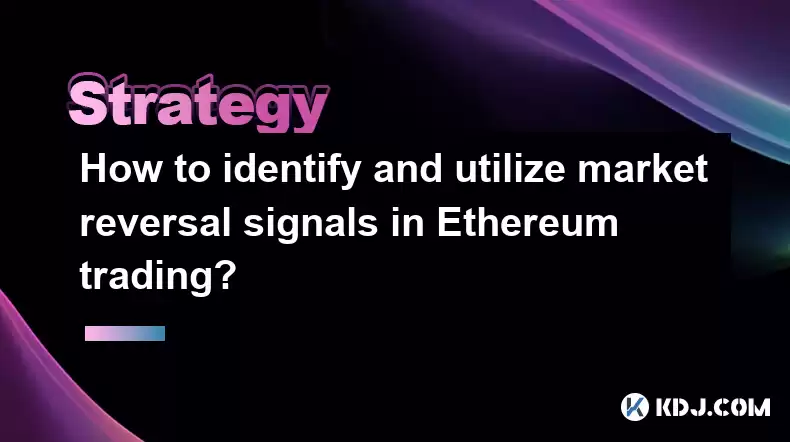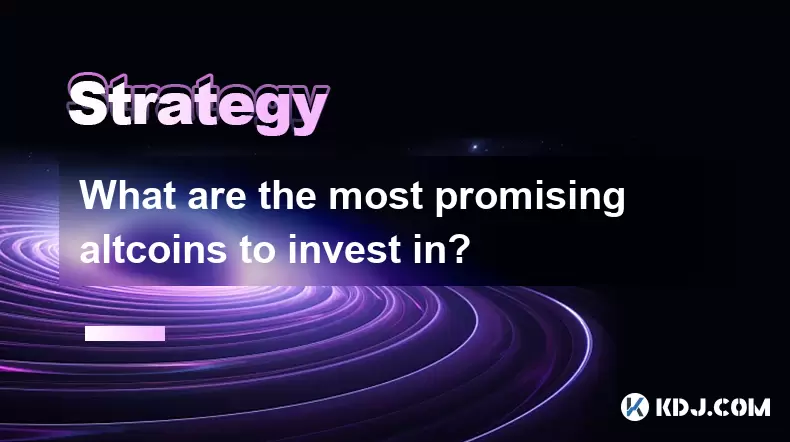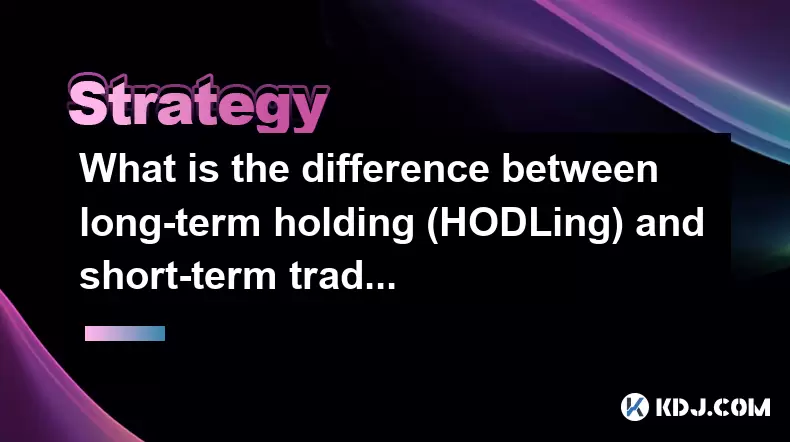-
 Bitcoin
Bitcoin $118300
1.01% -
 Ethereum
Ethereum $4215
0.69% -
 XRP
XRP $3.198
-3.83% -
 Tether USDt
Tether USDt $1.000
-0.01% -
 BNB
BNB $803.4
-0.53% -
 Solana
Solana $180.3
-0.67% -
 USDC
USDC $0.9998
-0.01% -
 Dogecoin
Dogecoin $0.2334
-1.49% -
 TRON
TRON $0.3394
0.86% -
 Cardano
Cardano $0.7980
-1.45% -
 Chainlink
Chainlink $22.19
6.65% -
 Hyperliquid
Hyperliquid $43.41
0.13% -
 Stellar
Stellar $0.4407
-3.13% -
 Sui
Sui $3.843
-2.24% -
 Bitcoin Cash
Bitcoin Cash $564.7
-3.74% -
 Hedera
Hedera $0.2588
-3.41% -
 Ethena USDe
Ethena USDe $1.001
0.00% -
 Avalanche
Avalanche $23.64
-3.37% -
 Litecoin
Litecoin $120.0
-4.01% -
 Toncoin
Toncoin $3.342
-1.11% -
 UNUS SED LEO
UNUS SED LEO $9.038
0.60% -
 Shiba Inu
Shiba Inu $0.00001347
-0.81% -
 Uniswap
Uniswap $10.69
-4.58% -
 Polkadot
Polkadot $4.034
-1.30% -
 Dai
Dai $1.000
0.01% -
 Bitget Token
Bitget Token $4.472
-1.52% -
 Cronos
Cronos $0.1571
-3.04% -
 Pepe
Pepe $0.00001207
-2.21% -
 Monero
Monero $273.8
-3.19% -
 Ethena
Ethena $0.7520
2.75%
How to identify and utilize market reversal signals in Ethereum trading?
By examining market reversal patterns, such as double tops/bottoms and head and shoulders formations, traders can anticipate potential price movements and adjust their strategies accordingly.
Feb 25, 2025 at 04:12 pm

Key Points:
- Understand market reversal patterns
- Utilize technical analysis indicators
- Consider market sentiment and news events
- Apply risk management strategies
Identifying Market Reversal Signals
Double Top and Bottom:
- Double top or bottom formations identify potential price reversals.
- A double top occurs when the price forms two peaks, followed by a dip below the neckline. A double bottom forms similarly with two lows and a peak above the neckline.
- These patterns suggest indecision and a possible return to the previous trend.
Head and Shoulders:
- A head and shoulders pattern consists of three consecutive peaks, with the middle peak (the "head") being the highest.
- Neckline support and resistance lines are drawn at the lows of the two shoulders.
- A breakout below the neckline confirms a bearish reversal.
Failed Breakouts:
- Failed breakouts occur when a price crosses a support or resistance level and subsequently reverses.
- This indicates that the trend may be losing momentum and potentially reversing.
Golden/Death Crosses:
- Golden MACD crosses occur when the MACD line crosses above the signal line, indicating a possible bullish reversal.
- Death crosses occur when the MACD line crosses below the signal line, signaling potential bearishness.
Stochastic Oscillator:
- The Stochastic Oscillator measures market momentum and can identify oversold or overbought conditions.
- A signal line crossing above 80% suggests overbought conditions and a potential bearish reversal.
- Crossing below 20% indicates oversold conditions and a possible bullish reversal.
Relative Strength Index (RSI):
- The RSI ranges from 0 to 100 and measures price strength.
- A reading above 70 indicates an overbought condition, while below 30 indicates an oversold condition.
- Divergence between the RSI and the price can signal potential reversals.
Utilizing Market Reversal Signals
Set Stop-Loss Orders:
- Place stop-loss orders below support levels (for bullish reversals) or above resistance levels (for bearish reversals) to minimize losses in case the reversal fails.
Manage Risk Appropriately:
- Determine your risk tolerance and always trade with a margin of error.
- Use leverage cautiously and consider trailing stop-loss orders to protect your profits.
Combine Indicators:
- Avoid relying on any single signal. Combine multiple indicators to corroborate potential reversals and improve accuracy.
Consider Market Sentiment:
- Take into account market sentiment and news events that may influence price movements.
- Major geopolitical events, economic data releases, and industry-specific news can trigger market reversals.
Patience and Discipline:
- Be patient and wait for clear confirmations before executing trades based on reversal signals.
- Avoid jumping in prematurely and maintain stop-losses to protect against false signals.
FAQs
Q: What are the most reliable market reversal signals?
A: While no single signal is foolproof, double tops and bottoms, head and shoulders, and golden/death crosses are generally considered reliable.
Q: Can market reversals be predicted with certainty?
A: No, market reversals cannot be predicted with absolute certainty. However, understanding reversal patterns, technical analysis, and market sentiment can increase the likelihood of identifying potential reversals.
Q: How can I minimize losses when trading reversals?
A: Implement strict risk management strategies, such as using trailing stop-loss orders, managing leverage wisely, and diversifying your portfolio.
Q: What is the best timeframe for analyzing market reversal signals?
A: The optimal timeframe depends on your trading strategy and risk appetite. However, longer timeframes (e.g., daily or weekly charts) provide a more reliable perspective.
Q: How can I avoid falling prey to false reversal signals?
A: Combine multiple indicators, consider market sentiment, and be patient. Avoid chasing false signals and always use stop-losses to limit potential losses.
Disclaimer:info@kdj.com
The information provided is not trading advice. kdj.com does not assume any responsibility for any investments made based on the information provided in this article. Cryptocurrencies are highly volatile and it is highly recommended that you invest with caution after thorough research!
If you believe that the content used on this website infringes your copyright, please contact us immediately (info@kdj.com) and we will delete it promptly.
- Altcoin Dominance, Bull Run, and Blockchain Forecasts: Is AVAX the Sleeper?
- 2025-08-10 22:30:14
- Pi Coin: Crypto Disappointment or Opportunity to Recoup Losses?
- 2025-08-10 22:30:14
- Cold Wallet's Hot Streak: Acquisition, User Growth, and How it Stacks Up Against Ethereum & XRP
- 2025-08-10 20:30:16
- Bitcoin, Cloud Mining, and Crypto Earnings: What's Hot in 2025?
- 2025-08-10 20:50:12
- Presale Cryptos Face-Off: BlockDAG, TOKEN6900, and the Hunt for the Next Big Thing
- 2025-08-10 20:55:12
- DeFi, Meme Coins, and 2025: Navigating the Crypto Landscape
- 2025-08-10 20:30:16
Related knowledge

How to use stop-loss orders to limit potential losses?
Aug 08,2025 at 02:01pm
Understanding Stop-Loss Orders in Cryptocurrency TradingA stop-loss order is a risk management tool used by traders to automatically sell a cryptocurr...

What are the most promising altcoins to invest in?
Aug 10,2025 at 11:42am
Understanding the Role of Private Keys in Cryptocurrency WalletsIn the world of cryptocurrency, private keys are the cornerstone of ownership and cont...

How to read cryptocurrency charts and use technical analysis?
Aug 08,2025 at 11:08am
Understanding the Basics of Cryptocurrency ChartsCryptocurrency charts are graphical representations of price movements over time. These charts are es...

What is the difference between long-term holding (HODLing) and short-term trading?
Aug 10,2025 at 05:30pm
Understanding HODLing in the Cryptocurrency SpaceThe term HODL originated from a typo in a 2013 Bitcoin forum post and has since become a widely accep...

How to do your own research (DYOR) before investing in a crypto project?
Aug 08,2025 at 09:07pm
Understanding the Core Principles of DYOR in CryptocurrencyEngaging in due diligence before investing in any cryptocurrency project is essential to mi...

How to build a diversified crypto portfolio?
Aug 09,2025 at 12:21pm
Understanding the Importance of Diversification in CryptoDiversification in the cryptocurrency space is a strategy used to reduce risk by spreading in...

How to use stop-loss orders to limit potential losses?
Aug 08,2025 at 02:01pm
Understanding Stop-Loss Orders in Cryptocurrency TradingA stop-loss order is a risk management tool used by traders to automatically sell a cryptocurr...

What are the most promising altcoins to invest in?
Aug 10,2025 at 11:42am
Understanding the Role of Private Keys in Cryptocurrency WalletsIn the world of cryptocurrency, private keys are the cornerstone of ownership and cont...

How to read cryptocurrency charts and use technical analysis?
Aug 08,2025 at 11:08am
Understanding the Basics of Cryptocurrency ChartsCryptocurrency charts are graphical representations of price movements over time. These charts are es...

What is the difference between long-term holding (HODLing) and short-term trading?
Aug 10,2025 at 05:30pm
Understanding HODLing in the Cryptocurrency SpaceThe term HODL originated from a typo in a 2013 Bitcoin forum post and has since become a widely accep...

How to do your own research (DYOR) before investing in a crypto project?
Aug 08,2025 at 09:07pm
Understanding the Core Principles of DYOR in CryptocurrencyEngaging in due diligence before investing in any cryptocurrency project is essential to mi...

How to build a diversified crypto portfolio?
Aug 09,2025 at 12:21pm
Understanding the Importance of Diversification in CryptoDiversification in the cryptocurrency space is a strategy used to reduce risk by spreading in...
See all articles

























































































